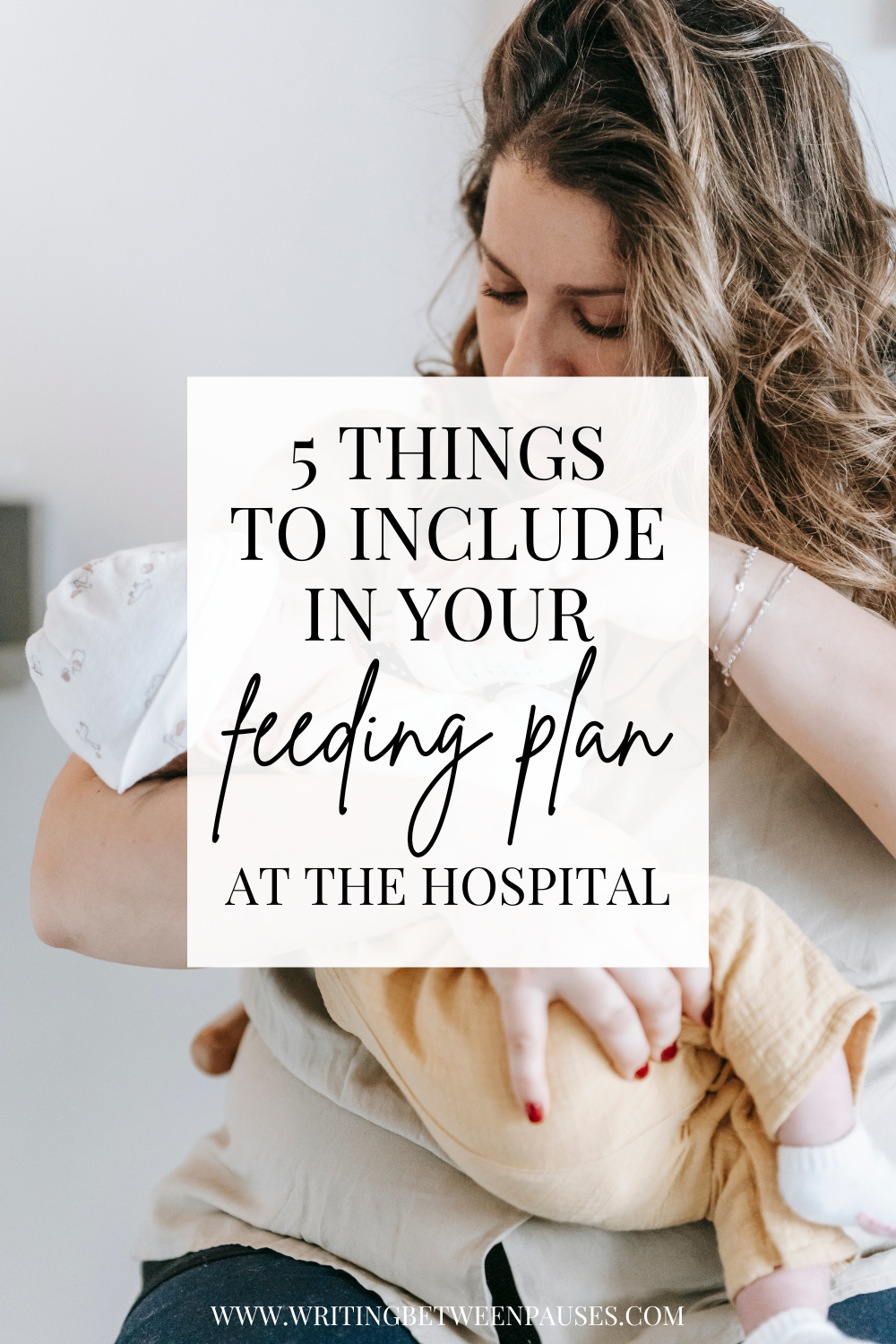Blogtober. NaNoWriMo. Blogmas.
3 months, 3 writing challenges.
I survived--and I completed each challenge.
Sometimes, I feel like I can't finish anything. I start stories and never finish; I start projects and lose steam; I pick up hobbies and let them languish. It's embarrassing, especially when it feels like so many people I know are so capable of completely important, exciting passion projects.
So when I decided to do Blogtober, in the lazy last days of September, I knew I was committing to a lot because I also knew that I would be doing NaNoWriMo, as I usually do. But then, midway through Blogtober, I hesitantly write "Blogmas" on the top of my December editorial calendar. But that simple writing was enough to make me feel committed.
At the end, I was very, very tired--a little of blogging, but I also almost felt refreshed by it. It made me love blogging again. It made me love writing again! It gave me so many ideas for content that I have through April filled in my editorial calendar!
I wanted to talk about everything I learned from 3 months of doing writing challenges, because I think it's important to always look back and reflect on what worked and what didn't.
1. I know my limitations.
I was about halfway through Blogtober when I realized that, no, I couldn't really keep up with other social media while I was doing so much writing and editing, as well as graphic design. I just wasn't capable of it! I wish I was. Knowing that I wasn't able to keep up, as well as I wanted to, in regards to Instagram, Twitter, and Pinterest almost gave me freedom to keep going. It removed a lot of the pressure. Instead of trying to post every day, I focused on the weekends or doing what I was able to--which almost worked to my benefit because I had more time to dedicate to content and writing.
2. Having a goal left me energized.
I think most people feel this way when they have a goal and meet it. Getting to December 31 and realizing I had been writing, posting, editing, and more every single day for the past 3 months was monumental. I got so much done! I felt great! I had so many ideas! More than anything, I feel like both Blogtober and Blogmas gave me really good ideas of the kind of content that people want from this blog--what they connect with, what they don't, and how I can be better.
3. I never really know what the best content will be.
My most popular post of the last 3 months is about tea. I'm serious. I've gotten more traffic, and retweets, and mentions, about a post about tea than any other post I've ever written. Not my post about how we don't do Santa. Not my post about breastfeeding. Not any review I've ever written. Tea. Y'all love tea! I am still genuinely stunned when I see the analytics of that post! It shocks me! But I also love it because I feel like it gives me such insight into what people enjoy and the niche I can fill.
Would I do it again?
When I told my husband I was writing this post, he asked me, "Would you do it again?"
That's a good question.
The short answer is, yes, absolutely. I had my best months ever in December and October. I got emails about sponsorship and being added to PR lists. I made friends with bloggers. I got opportunities I never imagined!
However, the longer answer is, perhaps, it really depends. In the next year, I plan to get pregnant again, maybe, definitely, no, actually... I'm very undecided and wishy-washy about the next year. Part of me wants to just have fun and see where the current success of Writing Between Pauses takes me! But another part of me likes having the structure of knowing what's coming. So hesitantly, I say, yes, absolutely. But another part of me wonders if I'll be pregnant then!
Did you do any challenges in October, November or December? What did you learn?













